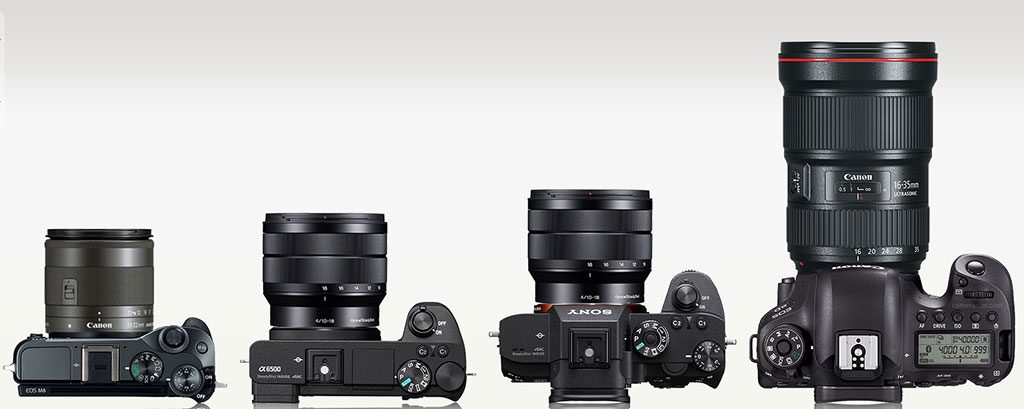
Here are some of the best vlogging set-ups used by the top vloggers right now: from L-R: The Canon M6 with the Canon EF-M 11-22mm; the Sony a6500 with the Sony 10-18mm f/4; the Sony a7r III with the same Sony 10-18mm f/4 (shooting in Super35 mode for best quality); the Canon 6D Mark II with the Canon 16-35mm f/2.8 L
Here’s a little secret – you can actually vlog with most any camera. You can even use the front camera on your smart phone. The truth is that the majority of viewers don’t watch vlogs on large screen TVs, they watch them on their phones or on tablets and laptops and most won’t notice the little quality differences that us gear heads obsess over. But, there’s nothing wrong with wanting the latest and greatest – so, here are our best vlogging cameras for 2018!
Click here for our list of the best pocketable vlogging cameras of 2017.
As a vlogger or content producer, you’ll want gear that will get out of your way. Almost any camera made in the last couple of years can output quality video, but you also want a camera that will help you make better content without hassle. Cameras that will do what you want them to do. You don’t want to waste time worrying about gear, you want to focus all your energy on creating content, not setting up gear or re-shooting scenes because autofocus can’t keep up.
Top vlogging cameras out right now:
In this 2018 edition of our guide to the top vlogging cameras of 2018, we decided not to focus on actual pocketability. Instead, we’ve got everything from mirrorless cameras to high quality point and shoots – and even a DSLR (!) – not something we normally recommend in our site, since we focus on small, compact and light cameras, but this year, we do have 1 DSLR in our list.
But this is just a gear list. At the end of the day, you have to get out there and shoot. You know what they say – no better time than now. The sooner you start shooting, the faster you’ll learn. And I don’t just mean learn how to vlog, but also learn how to do a tight edit. Start shooting, start editing, start experimenting, start uploading. Just start!
Canon M100:
Released during the 2017 holidays, the Canon M100 is Canon’s latest addition to their mirrorless EOS “M” system. The M stands for “mobility” – and in contrast to their DSLR line, the EOS M system is focused on making smaller, lighter and more compact cameras and lenses. The M100 is the smallest Canon M camera yet.
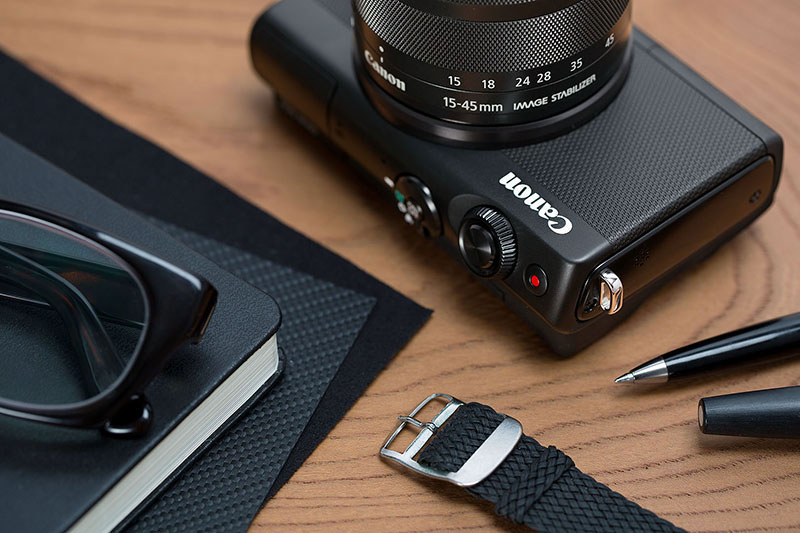
The Canon M100. Ultra portable, and features the best tracking autofocus for video available in right now.
Canon M100 vs Canon M6 vs Canon M5
The current M lineup is made up of three cameras – the M100, the Canon M6 and the top of the line Canon M5. The main difference here is that the M100 is primarily designed to be a touch screen camera, while the other two cameras have the usual dials and switches. The top of the line M5 has a built in electronic viewfinder while the middle M6 doesn’t. Another difference is that the M100 does not have a jack for microphone input. Otherwise, all three cameras are largely identical on the inside.
The Canon EOS M100 uses the exact same sensor as the higher end models in the M system – the Canon M5 and Canon M6 (see the next camera below for more on the M6). This means that the M100 has the exact same image quality and video quality as its more expensive siblings. Since the M100 is designed to mostly be operated via its touchscreen, it only has a single control dial and a simplified mode dial.
It really boils down to personal preferences here. While most “serious” photographers might scoff at a touchscreen only interface, the fact is that touchscreens have become so good now, that it really doesn’t make much difference. If you’ve never owned a “serious” camera before, and have mostly used your iPhone or smartphone to shoot, you’re not really going to “miss” having real dials and switches. Tap to focus on the M100 is no different from a smartphone, it’s that good.
Dual Pixel Autofocus – best for video
The M100 also has the same “dual pixel autofocus” that Canon is known for. This is the main reason that there are three Canon cameras on our list this year, even though they refuse to put 4K in most of their consumer cameras. Yes, you read right, as of today, none of the cameras in the M system have 4K! So why would we even add them in any list about the best vlogging cameras? Because of their excellent face-detect autofocus.
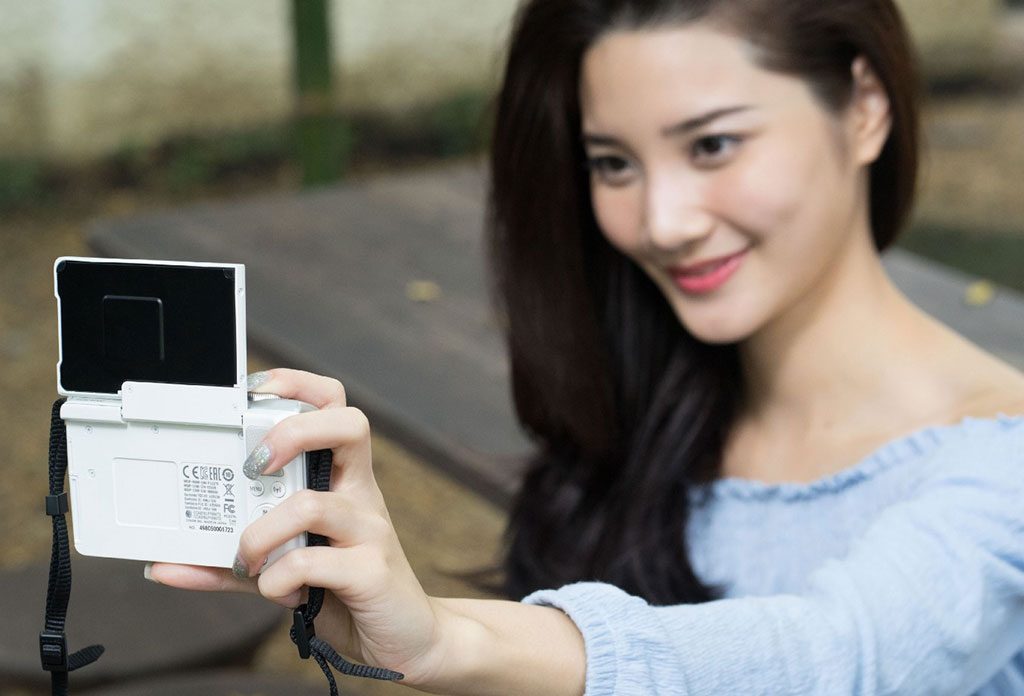
Canon’s dual pixel autofocus system is really the gold standard for video right now. This is why Canon keeps getting a free-pass for not adding 4K to their non-pro models
In terms of continuous video autofocus, Canon is quite simply the best in the business at this time. Even though they don’t offer 4K, the full HD (1080p) quality is more than good enough for most purposes. And we’d rather have lower quality video with amazing tracking autofocus than 4K that’s out of focus.
Don’t get too focused on the lack of 4K – Casey Neistat’s season 1 vlog was mostly filmed with the Canon 80D DSLR, a camera that had no 4K, but had excellent dual pixel autofocus. 4K is nice, and is useful, but it will not make or break a great vlog.
Plus, if you’re a daily vlogger, you just might prefer having 1080p instead of 4K – it takes up less space, and requires less processing power and time to edit and output.
The Canon mirrorless M system is one of the best ways to start vlogging. The biggest downside of the M100, aside from the lack of 4K, is the lack of a dedicated microphone jack. But otherwise, the M100 is an excellent vlogging camera – it has the best video autofocus system, has decent stabilization and also has great out of camera color.
The Canon EF-M 11-22mm f/4 lens – a fantastic vlogging lens
Another huge advantage that isn’t always mentioned is that the M system has a great lens for vlogging – the Canon EF-M 11-22mm f/4 lens. This is an ultrawide lens, meaning it can take in more of the surroundings, especially if you have the camera pointed towards you at arms length. The Canon EF-M 11-22mm f/4 lens is also one of the smallest and lightest lenses in its class, which makes it perfect for vlogging. (Make sure you’re getting the EF-M version lens (found here on Amazon), and not any of the other 11-22mm lenses designed for their DSLR lineup – those won’t fit on the M cameras).
Click here to get the Canon M100 on Amazon.
Canon M100 pros:
- The best video autofocus and face tracking out right now (dual pixel autofocus)
- Ultra-light and ultra compact run and gun set-up – especially when paired with the Canon EF-M 11-22mm f/4 lens.
Canon M100 cons:
- No external microphone jack
- No 4K
Canon EOS M6:
Almost everything said about the Canon M100 above also applies to the Canon M6. The big difference is that the M6 has more traditional camera controls and perhaps more importantly – it has a microphone jack.

Everything said above about the M100 also applies to the M6 – with the addition of a mic jack and a more traditional interface (i.e. it doesn’t rely too much on the touch LCD)
The only possible downer is that the screen on the M6 also flips up, just like on the M100. It doesn’t flip to the side, like other cameras. The problem with this is that if you want to point the camera towards you, with the screen flipped up – the microphone is going to get in the way. Although that’s really a fairly minor problem – nothing that just a bit of work can fix. Of course, if you don’t plan to do a lot of arms-length-pointed-towards-me kind of vlogging, then it’s largely a non-issue, and the addition of the microphone jack can be pretty useful.
The M6 is slightly larger and heavier than the M100, but not by much. It is still a very compact camera by most standards, especially if you consider that the Canon EOS M system uses a large APS-C sensor. The M6 will pair nicely with a compact shotgun microphone like the Rode Video Micro or even a larger mic like the Rode Video Mic Pro.
I recommend that you get the Canon M6 video creator kit, which comes with the standard EF-M 15-45mm kit lens plus a Rode Video Mic Go, and get the Canon EF-M 11-22mm f/4 lens if you plan to do a lot of arms-length-pointed-towards-me vlogging. Otherwise, I’d recommend getting a body only kit, then adding the Canon EF-M 11-22mm f/4 lens and Canon’s excellent Canon EF-M 22mm f/2 pancake prime lens.
So, Canon M100 vs M6? It largely boils down to the mic jack, IMO. If you want it, then get the Canon M6. Handling is largely personal preference, so if you really prefer physical dials and switches vs a touchscreen, then the M6 is also the way to go. But again, the touch implementation on the Canon M100 is pretty damn good.
Click here to get the Canon M6 Video Creator Kit on Amazon
Canon M6 pros:
- Same as the M100 above – the best video autofocus and face tracking out right now (dual pixel autofocus)
- Has a mic jack for adding an external microphone
Canon M6 cons:
- No 4K
- Flip up screen only
Sony RX100 V:
It’s no secret, the RX100 V aka RX100 M5 is one of our favorite cameras here on compactshooter.com. It’s tiny, it’s pocketable, and it is a video powerhouse. We’re not going to rehash our full review – but, the RX100 V really delivers. On the video front, this tiny powerhouse can output higher quality 4K and full HD than even its larger sensor counterparts like the Sony a6500 and Sony A7Riii.
Click here to read our full real world review of the Sony RX100 V
Autofocus during video is extremely good. Almost as good as Canon’s famed dual pixel autofocus. And since it’s a Sony, it’s got all the video features that other cameras can only dream of: e.g. an extremely useful built-in ND filter and a lot of slow motion options. The slow motion options are unmatched in such a small camera, e.g. 120fps in 1080p (this is a regular video mode, not a special mode – this means that you get full audio recording and full control of everything). But, you also get special slow-mo modes like an astonishing 480fps in near HD quality.
And best of all, it’s so tiny, that you can stick it in your jeans pocket. The RX100 V is a real pocketable power house. You can check out our full review here.
Click here to get the Sony RX100 V on Amazon.
Sony RX100 V pros:
- Amazing video quality in 4K and 1080p
- Pocketable form factor
- Extremely fast video autofocus
Sony RX100 V cons:
- No mic jack for an external microphone, no hotshoe mount for adding an external recorder either
Sony a6500:

The Sony a6500 (left) next to the Sony RX100 V (right). The a6500 is one of the smallest and lightest mirrorless cameras out right now.
The Sony a6500 is a vlogger favorite. And with good reason – It’s small and light, and Sony has an amazing ultra-wide lens (the Sony 10-18mm f/4 lens) that’s perfect for vlogging. The 10-18mm lens is an ultra-wide lens, meaning it can take in a lot of the scene, and it’s also one of the smallest and lightest ultra-wide lenses available for any system. It’s a fantastic little lens that’s not easily matched in other systems – especially in terms of weight/performance ration.
The a6500 is also one of the smallest cameras with microphone input. The biggest downer is that the LCD does not flip towards you. The LCD also does not flip up, since the a6500 also has an electronic viewfinder.
But with tracking auto-focus this good, you don’t really need to see yourself when filming at arms length. If needed, Sony has a mobile app – the Sony PlayMemories mobile app – which can serve as a live view LCD. You can get a hot shoe mounted smartphone adapter, then your phone connects to the camera via wi-fi, and will provide live view.
But in terms of a features, Sony is again way ahead of the pack here. The a6500 has absolutely stunning 4K quality, and I mean stunning. Nothing beats seeing your vacation videos in amazing 4K quality on a large screen. It really has to be seen to be believed. It’s amazing that a camera this small and this cheap can output this kind of 4K quality.
That said, the quality in 1080p isn’t as great. It’s still pretty good, but with the bar set by the 4K quality, the 1080p quality just isn’t up to par. Even the compact Sony RX100 V with its smaller sensor can output better quality 1080p than the a6500. This is a camera that begs to be shot in 4K as much as possible.
Sony has always been ahead of the pack in terms of sensor quality, and they’ve pulled out all the stops on the a6500. It has one of the best APS-C sized sensors in any camera right now. If you’re planning on doing still shooting and video, this is the one to get. It’s a compact camera, capable of both stunning photo and video work, and it doesn’t let up on features.
Does not skimp on video features:
Everything is here: fantastic autofocus (including tacking AF in video); in-body image stabilization; excellent low light quality; a high quality electronic viewfinder; mic jack.
The Sony APS-C system gets a lot of flack for being “neglected”. Most of that talk comes from people disappointed that Sony has yet to release fast standard zooms for this system (e.g. 24-70mm f/2.8 equivalent lens) – but otherwise, it’s still a pretty solid system, especially after the release of the Sigma 16mm f/1.4 DC lens for E mount, which really plugged a huge hole in the lineup.
A kit with the Sony 10-18mm f/4; the Sigma 16mm f/1.4 and the Sony SEL 35mm f/1.8 (an alternative would be the Sigma 30mm f/1.4 for E mount) and either the Sony SEL 50mm f/1.8 or the Sony FE 85mm f/1.8 (a full frame capable lens) is a very solid kit that won’t take up too much space or weight in the bag.
Another option is to get the Sony SEL 10-18mm f/4 and the Sony SEL 18-105mm f/4 and pair it with a fast prime like the Sigma 16mm f/1.4 or the Sony 35mm f/1.8 or Sigma 30mm f/1.4 for E mount. Heck, if you’re planning on moving up to full frame in the future, I’d pick the Sony FE 28mm f/2 (a full frame capable lens) over the Sony 35mm f/1.8 or Sigma 30mm f/1.4. On the a6500, the Sony FE 28mm f/2 becomes a ~42mm lens, and if you upgrade to full frame, you’ve still got a high quality and compact 28mm f/2 lens! So many possibilities for a high quality kit that’s light and compact!
pros:
- Superb 4K quality
- Excellent tracking autofocus (almost as good as Canon’s DPAF for video)
- Small and light camera body and system, especially when paired with the Sony 10-18mm f/4
- One of the smallest camera bodies that can take mic input
cons:
- No flip out LCD
- This thing eats up batteries
- Potential for overheating if shooting extended 4K – but not an issue in most instances when vlogging
Click here to get the Sony a6500 on Amazon.
Panasonic GH5:
Panasonic’s GH series has really made a name for itself with videographers. From amateur vloggers to large production teams, Panasonic has carved a niche for itself in the video world. The Panasonic GH5 is the culmination of everything Panasonic has learned so far. And it shows. This thing is a complete video powerhouse. It’s so feature-packed that it’ll be at home in the hands of the budding serious film maker in need of a budget camera.
For the vlogger – of course there is a lot to like too. If it’s good enough for production houses needing a budget cinema camera, then it’s almost overkill for a daily vlogger.
But all the necessary features are here – from excellent 5-axis image stabilization, weather seals; 4K at 60p and 1080p at an astonishing 180fps (slow motion goodness!) and even an option to upgrade to a log profile.
Although it uses a smaller micro-four thirds sensor, the GH5 uses the full width of its sensor to capture oversampled footage resulting in impressively sharp video that can go toe to toe with larger sensored cameras like the Sony a6500 above.
For the vlogger looking to get into more serious film making in the future, this is a camera that you can grow into. The GH5 is a true cinema camera with features that can typically only be found in expensive cameras costing tens of thousands of dollars.
Panasonic GH5 vs GH5s
What about the new Panasonic GH5s? Isn’t it designed for video? Panasonic GH5 vs GH5s for vlogging:
I’m going to go with the GH5 on this one. Yes, the GH5s is designed to be a more “video-centric version” of the GH5, and if you’re a film maker, by all means, get one. But for a vlogger or content creator, who is going to rely more on run and gun shooting, I’m going to recommend the original GH5 over the GH5s. The main reason for that is Panasonic’s rather excellent image stabilization, which they decided to exclude from the GH5s.
Panasonic’s reasoning is that a film-maker would really have little use for in-body image stabilization – a film maker would have more time to set-up a shot, would likely be shooting while locked down on a steady tripod, and would have more time to set-up other gear such as a gimbal stabilizer or a dolly etc.. Most film makers prefer to have image stabilization turned off.
A one-(wo)man vlogger on the other hand, generally prefers a run-and-gun hand-held approach, and would likely only have a simple monopod or gorrilla pod. This is where in-body image stabilization is useful. Also, Panasonic’s image stabilization is rather well implemented, and is great for handheld shooting.
When paired with certain lenses, the GH5 also gives you the benefits of dual sync image stabilization. (This is where image stabilized lenses work in tandem with the in-camera image stabilization to provide even more stabilization!) This is really great for minimizing all the micro-jitters that come with hand-held video. And in the GH5, Panasonic has really stepped their game up, image stabilization is excellent.
Although other manufacturers are slowly updating their lenses to work in tandem with in-body image stabilization, Panasonic alone is number one in having the most number of updated lenses that can work in sync with in body stabilization. This includes the superb one-two punch of the Panasonic 12-35mm f/2.8 lens and the Panasonic 35-100mm f/2.8 pro zooms, and even everyday walk around zoom lenses like the Panasonic Leica 12-60mm f/2.8-f/4 zoom and the Panasonic 14-140mm f/3.5-5.6 ultra zoom.
Picking gear is all about trade-offs. In the great GH5 vs GH5s debate, the biggest one is really in-body stabilization (GH5) vs better low light (GH5s). For me, it’s an easy decision. I find image stabilization more useful than any of the features added to the GH5s. This is going to piss some people off, but best I can sum it up is: GH5 = Youtube crowd; GH5s = Vimeo crowd.

Popular vlogger Casey Neistat used the Panasonic GH5 for a few months before moving on to the Canon 6D
pros:
- feature rich video camera disguised as a stills camera
- excellent image stabilization (especially when using dual IS)
- a camera that you can really grow into – if you see yourself going from vlogging, to run and gun documentaries and even more serious film-making, this is the one to get
cons:
- Video autofocus is not as good as Sony or Canon
Click here to get the Panasonic GH5 on Amazon.
Sony A7r III:
If anyone wanted to know why Sony is just completely decimating everyone right now – then look no further than the Sony A7r III. All us camera gear heads are kind of used to Sony by now, but the way they’re pushing the envelope just can’t be ignored.
This is a camera that Time Magazine included in its list of the Top 10 gadgets of 2017. When was the last time a camera made any top of anything of the year list?
Sony really have a hit on their hands with the a7riii. There’s a lot to like here, especially if you’re a hybrid shooter (e.g. photo and video).
Sony is (in)famous for their aggressive release schedule, something updating models in less than a year, but the a7r iii comes in at a full 2 years after the Sony a7r ii and this is not just an incremental improvement. Although it’s based around a similar 42.4mp BSI sensor, practically everything has been upgraded. It’s a high resolution camera without the inherent slowness found in most high resolution cameras. This thing is almost as fast as the flagship Sony a9 camera.
All the usual Sony tricks are here – extensive slow motion options, including 120fps in 1080p as a regular mode; 4K capture using the full width of the sensor (so your full frame lenses will actually show the actual FOV – no crop!); but there is also a slightly higher quality Super 35 mode for 4K (basically a 1.5x crop) – this is great if you want to pair the a7riii with a really small and lightweight lens like the Sony 10-18mm f/4 (a crop sensor lens).
The biggest stickler here is really the price of entry. The a7riii is the most expensive camera in our list, and some people may not really have a need for all the 4K goodness that it offers (e.g. daily vloggers or others who need to churn out content daily).
But if you’re ok with working (and storing) all the 4K footage, and you want the best of the best, this is it.
pros:
- fantastic hybrid camera (photo-video)
- excellent slow motion options
- high quality 4K (especially in super 35 mode – e.g. crop mode)
cons:
- Video autofocus not as good as Canon… but it’s still pretty good
- Image stabilization not as good as Panasonic GH5
- No flip out LCD (can be remedied by attaching your phone or something like a Shogun inferno screen)
- pricey
Click here to get the Sony a7r III on Amazon.
Canon 6D Mark II:
We try not to do this too much here, since we prefer smaller cameras and systems. But this year, we’ve got a DSLR in our list. The Canon 6D Mark II is Canon’s entry-level full frame DSLR. And it makes our this list for the same reason that the Canon M100 and Canon M6 are on this list: because of Canon’s excellent dual pixel autofocus which is currently the gold-standard in video autofocus.
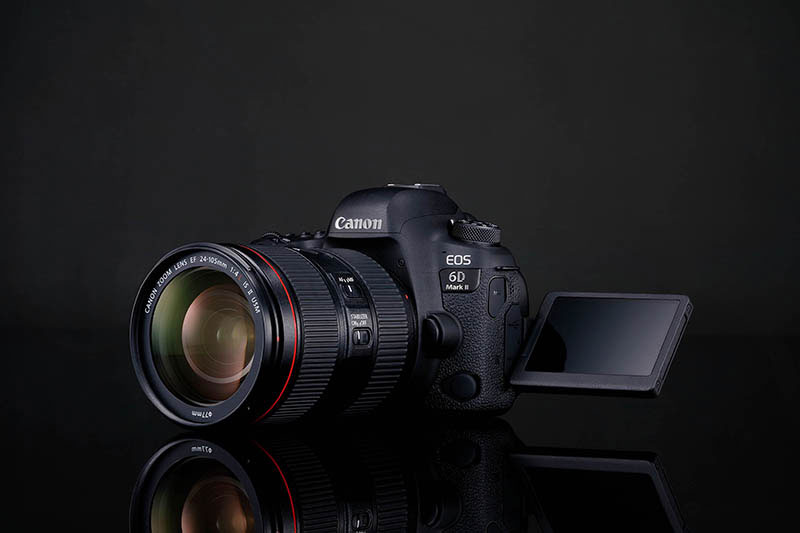
We don’t normally like DSLRs here at compactshooter.com – but for the Canon 6D Mark II – we’re willing to make an exception.
Unfortunately, even though this is a full frame camera, this is still Canon’s entry level full frame body, and as such, they did not see it fit to add 4K. But again, like I said previously, that really should be a non-issue for most people. For daily vloggers, that’s probably a good thing too. Working with 1080p footage is just so much faster and easier.
Again, the main reason to get the Canon 6D II is the excellent autofocus for video. Paired with all the goodness that having a full frame sensor gives you.
Canon 6D Mark II vs Canon 5D Mark IV for vlogging
So what about the next model up in Canon’s full frame DSLR line-up? The Canon 5D Mark IV. Its got Canon’s dual pixel autofocus PLUS it’s got 4K. So why aren’t we recommending the Canon 5D Mark IV instead!?!
Well, there’s a perfectly good explanation for that. Yes, the Canon 5D Mk IV does indeed have 4K, and yes, it does indeed have Canon’s superb dual pixel autofocus system, but unfortunately it is hobbled by a fairly serious flaw that we just are not willing to live with. It’s got a crop when shooting 4K.
A 1.74x crop to be precise. This means that if you put a 24mm lens on the 5D Mk IV, it’s field of view when recording in 4K would be equivalent that that of a 42mm lens! No thanks. I’d rather not have 4K and shoot with the Canon 6D Mark II in 1080p.
Perfect for photo and video shooters
If you’re mainly looking to do photography and want to shoot a few videos here and there, or just want to start exploring video but will mainly be doing stills, the 6D Mark II is a great option. You get all the benefits that full frame gives you (better control over depth of field; better low-light performance etc…) plus you’ve got excellent tracking auto-focus at a price point that’s lower than the Sony above.
If you’re a photographer looking to move into video, you want something with an autofocus system that’s not going to make you pull your hair out and yell expletives at the camera. We’ve said this 3 dozen times in this article – but Canon’s dual pixel autofocus is so good, that it will allow you to focus on learning all the other “video stuff” first.
There’s been some hate thrown at the Canon 6D Mk II for not having 4K, but that’s mostly been from people who only read the spec sheets and haven’t used it, much less actually tried to create anything with the camera. The Canon 6D Mark II is one camera that is more than spec sheet. This is why it lands a place on our 2018 list, even though we’re not really huge fans of large and heavy DSLR cameras around here.
The Canon 6D Mk II has also gained some vlogging fame of late as Casey Neistat recently switched from the Panasonic GH5 to this camera.
pros:
- The best video autofocus and face tracking out right now (dual pixel autofocus)
- excellent video camera for people who are mainly shooting stills, but want to do some video work
cons:
- No 4K
- It’s a DSLR – so it’s big and heavy.. pair it with the (rather excellent) Canon 16-35mm f/2.8 Mark III and it’s really a beast
Click here to get the Canon 6D Mark II on Amazon.
—-
CompactShooter.com is a participant in the Amazon Services LLC Associates Program, an affiliate advertising program designed to provide a means for sites to earn advertising fees by advertising and linking to Amazon.com. This means that we get a small commission on products sold through affiliate links at no extra cost to you.
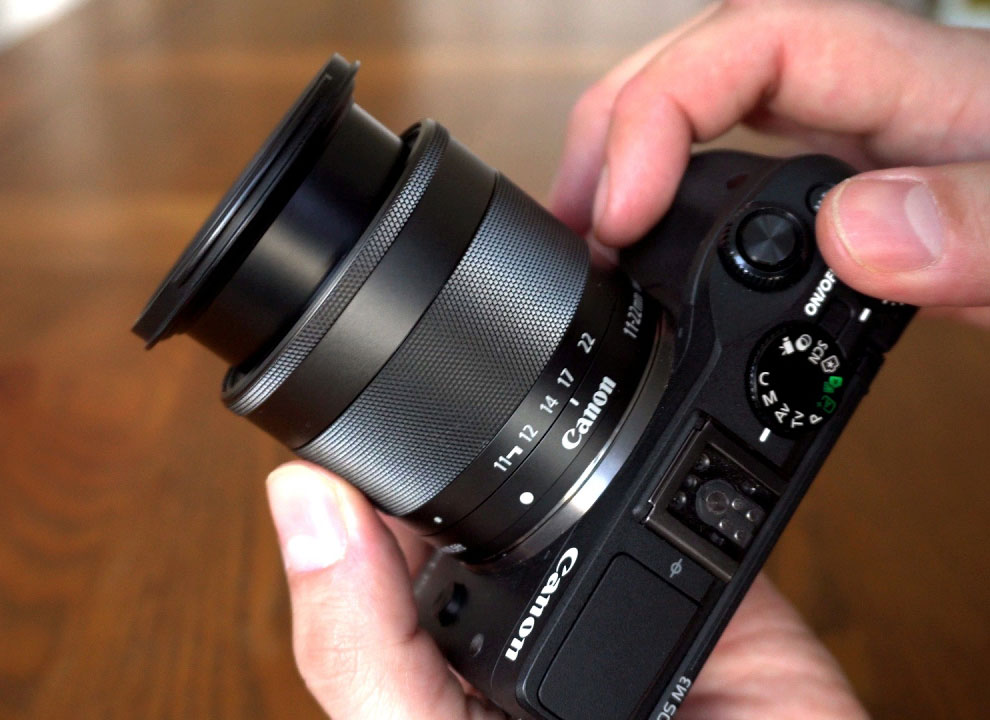
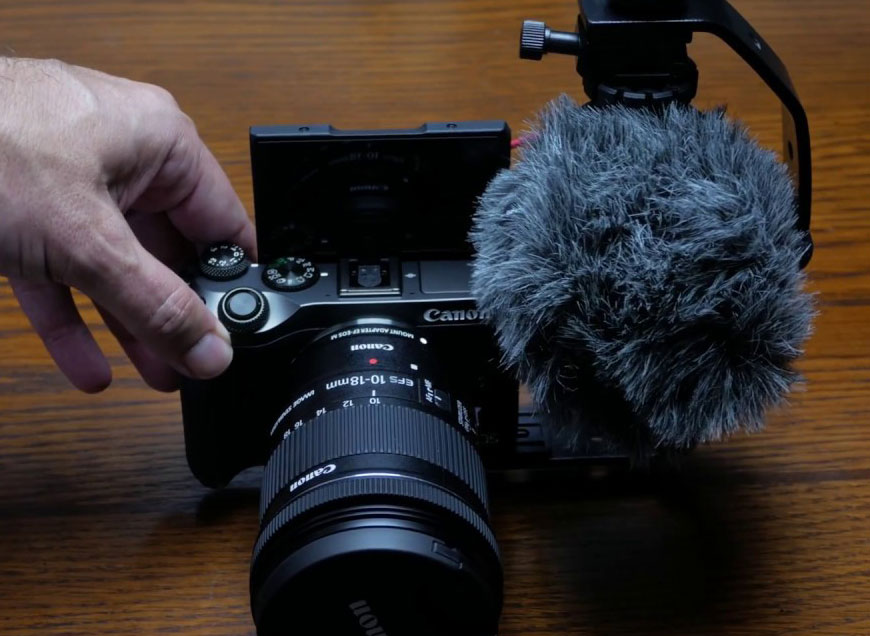
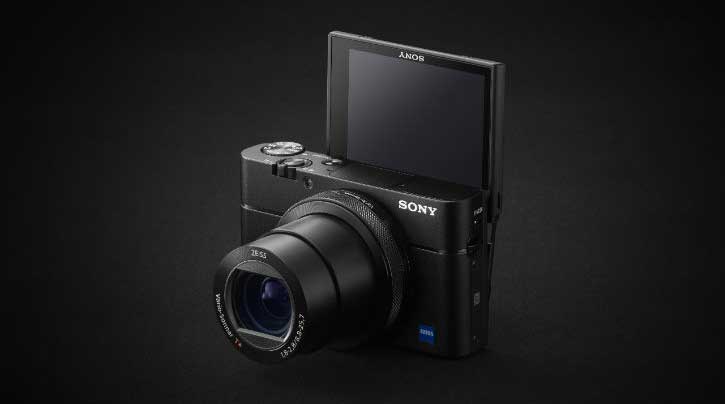
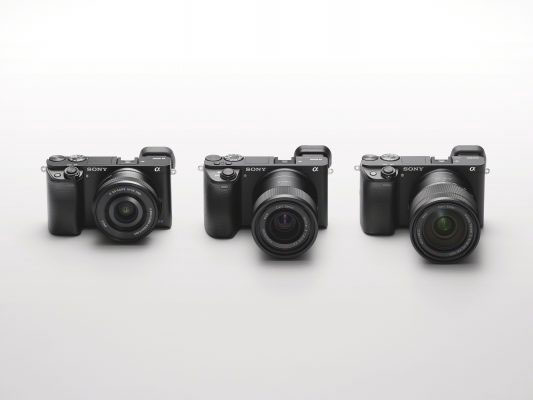

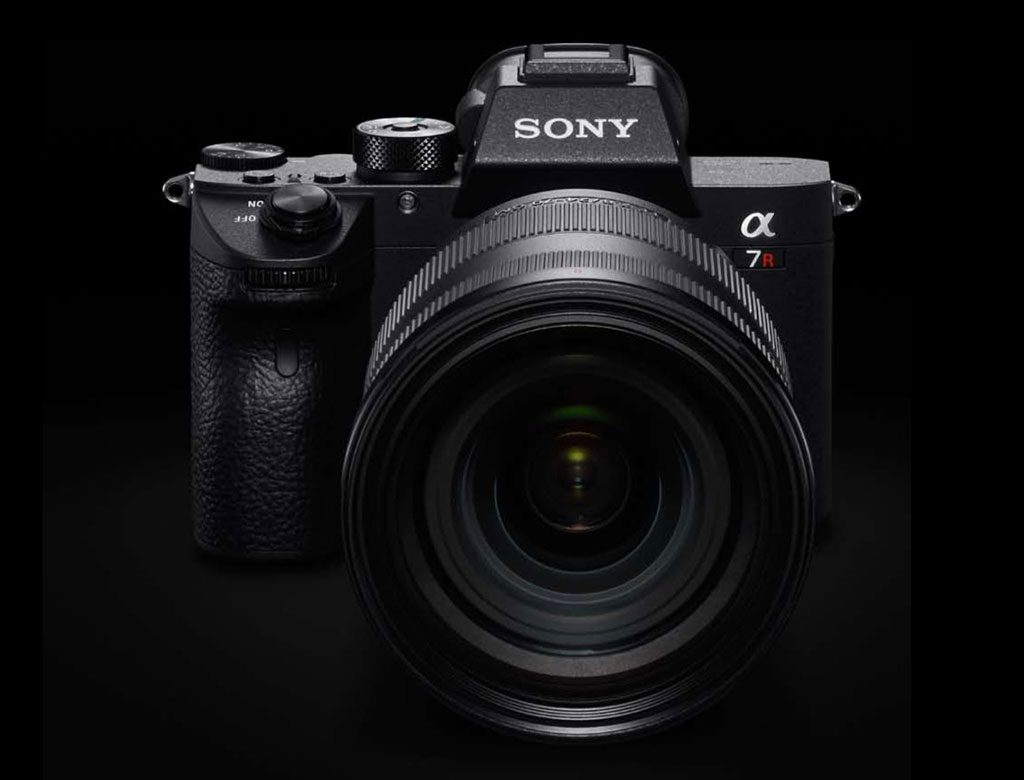
Leave a Reply